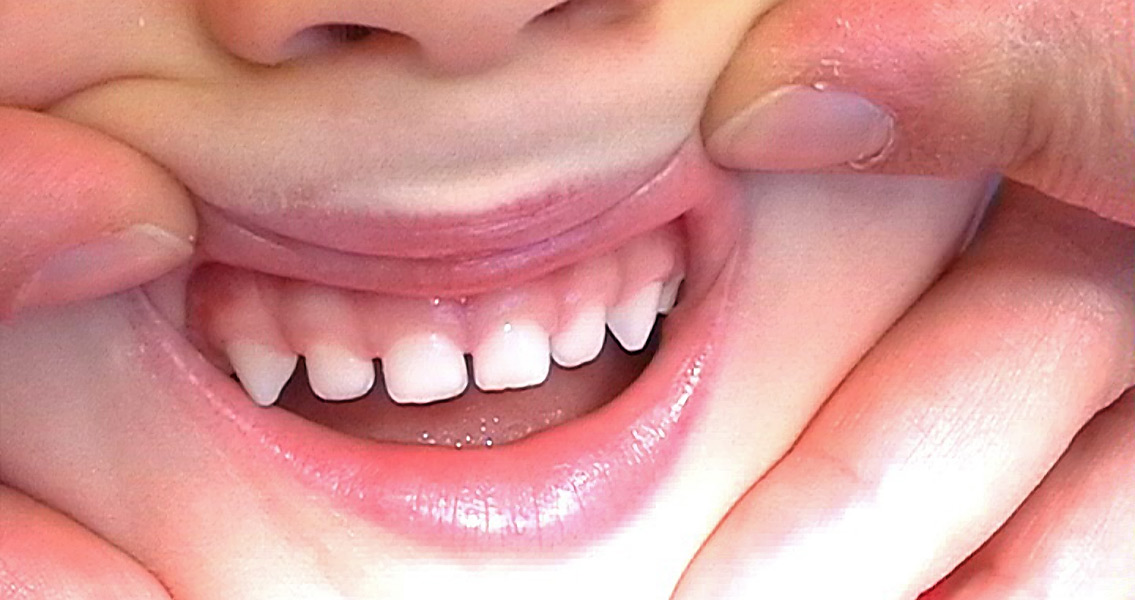<![CDATA[A fascinating study has suggested that milk teeth’s chemical composition can help determine the health risks that a child faces in adult life. The research looked into the teeth of children and adults from the Victorian era, and made some surprising conclusions. It was a joint effort of scientists from Durham and Bradford universities. The starting point of the study was the fact that the chemical composition of milk teeth reflects pretty accurately the diet of both the child and the mother during the period of pregnancy and breastfeeding. If the mother was malnourished during this period, or under considerable stress, it would be evident in her baby’s teeth. The team, led by Julia Beaumont, an archaeologist at Bradford, focused on the isotope levels of two chemicals: nitrogen and carbon, which can be found both in teeth and bone, and which are known to vary based on diet. In adults, high levels of nitrogen isotopes are associated with protein-rich and varied diets, as they are in breastfed babies, while low levels are characteristic of malnutrition and vegetarianism (with no suggested cause-effect link between these two, of course). The research team analysed milk teeth from children and adults buried in two very different cemeteries: one in Ireland that was near a workhouse and where famine victims were buried, and another in London, where people were buried who had most likely not lived in constant malnourishment, but did live during a period of high infant mortality rates. It’s worth noting here that the study looked into adult teeth as well, for the reason that our first permanent molar forms in utero, as do milk teeth, and is a very good source of information about our diet patterns throughout life. What the researchers found in baby and adult teeth went against the hypothesis that higher nitrogen isotope levels would be found in the teeth of the well-fed children and adults (i.e. those from the London cemetery). In fact, it turned out that the infants from both of the cemeteries had noticeably higher isotope levels than people who survived beyond childhood. These findings confirmed the results from an earlier study that looked at the diets of Iron Age people from Scotland, and the explanation supplied by Beaumont et al was as follows. Babies in the period under study were invariably breastfed, hence the high levels of nitrogen isotopes. In fact, there was a spike in these levels corresponding to the first months of a baby’s life, but these were only found in some of the babies whose teeth were studied, suggesting only these babies got sufficient amounts of nutrients from the mother’s milk. This is because being breastfed does not necessarily mean the mother had a wholesome diet: the makings of the body are such that even if the mother is malnourished and stressed during pregnancy and immediately afterwards, it starts burning its own nutrient supplies to give the baby the nutrients they need while in the womb, and to allow the mother to produce enough milk to sustain the newborn. This milk is not wholesome enough, however, so few of these babies with malnourished mothers actually survived beyond early childhood. As regards to the implications of the study for modern children, the researchers are currently carrying out a follow-up study on children in Bradford, aiming to establish whether analysis of milk teeth conducted after they have fallen out could reveal possible future health problems for the child, stemming from the poor diet of the mother. Image courtesy of Wikimedia Commons user: Kamel15 ]]>
Victorian Milk Teeth Could Give Clues On Health Issues
